Celebrating Improved Facilities and Continued Commitment to Health in Sierra Leone
When community members gathered recently at the Warima Maternal and Child Health Post in Sierra Leone for speeches, singing and dancing to celebrate the completion of their facility makeover, they had much to be happy about.
“Since 2003, when the facility was built, this was the first time it has been renovated,” explained Melvina Kanu, the nurse in charge at the facility. Before the makeover, the facility was in poor shape, including a leaking roof, a lack of lighting and no delivery beds, forcing women to give birth on the floor.
Prompted by community dialogues led by the Health Communication Capacity Collaborative (HC3) and implementing partner GOAL, facility staff, community leaders and community members worked together to improve the facility. HC3 helped support improvements such as repairing drainage systems, replacing the roof and ceiling, tiling the floor, as well as interior and exterior painting. Through the additional efforts of community members and other leaders, the facility compound was fenced, a waiting area was constructed, and the facility and its grounds were cleaned.
“The facility is now beautiful; the development work that has taken place has brought light to the facility.”
– Community member Hannah Kolokoh
Many other improved facilities supported through HC3 activities share a similar story – starting out in poor condition after years of neglect, and then being transformed through the makeover process. The before, during and after photos illustrate the remarkable physical changes at the facilities, but in addition to the visible transformation, many other changes are taking place in the communities served by the facilities.
Someone Else’s Property
Before the makeover process began, everyone seemed to believe the facility was someone else’s responsibility. The community members saw it as the responsibility of the facility staff to ensure the facility was in good working order, and the staff believed the District Health Management Team or Ministry of Health was responsible. This uncertainty about who was responsible was a major hurdle for the community engagement process that preceded the facility makeovers.
Community dialogues helped build an understanding of how an improved facility would benefit the whole community, especially women and children.
“Everyone came to understand that this work was for them, so they also wanted to give the little that they could.”
– Santigie Sesay, Community mobilizer and chairman of the Warima Facility Management Committee (FMC)
Community leaders – including traditional and religious leaders such as Chiefs and Imams, as well as leaders from women’s, youth and farmer groups – also played a significant role in mobilizing their communities to participate in the makeover activities.
“I was the one who paved the floor in the facility. I did it for no pay. I did this to set an example as a leader to motivate my community to do the same.”
– Issah Fullah, a Headman in Warima
Motivated and mobilized by the dialogues and their leaders, community members, from skilled laborers such as masons and blacksmiths, to women and even children, were glad to come together to do the makeover work. Isatu Mansaray, who lives near the Kanikay facility, helped with transporting cement and sand, fetching water and cleaning the compound. She explained she was happy to do the work because she realized: “If I contribute to the community work, the facility will improve more.”
The opportunities to participate in whatever large or small way throughout the entire makeover process instilled a sense of ownership and responsibility for the facility. Issah Fullah noticed this ownership among people in his community: “Before, they did not see the facility as theirs but now they know it belongs to them.”
Creating this bond between the community and their local health facility also laid the foundation for a continuing partnership to ensure the facility stays in good condition. Sorie Conteh II, the Town Chief in Kanikay, described how his community will continue to support the facility: “We, the community people are united, therefore we will not allow the facility to lose its current state. Such an opportunity is hard to come by and because we have been fortunate to get it, we will ensure that every fortnight or monthly we will come and check the facility to know where needs to be clean and cut the grass.”
Warima, Kanikay and Kagboray facilities are among the 25 facilities HC3 has supported to undergo the makeover process through community and clinic staff engagement. Celebrations were held throughout HC3’s five intervention districts between October and November to recognize the achievements of the joint effort and promote the newly improved facilities and the essential services they offer.

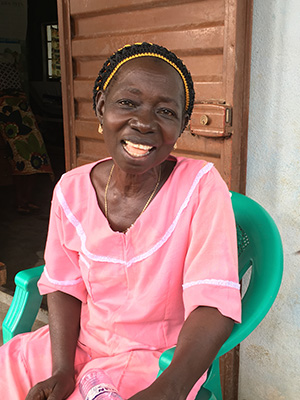
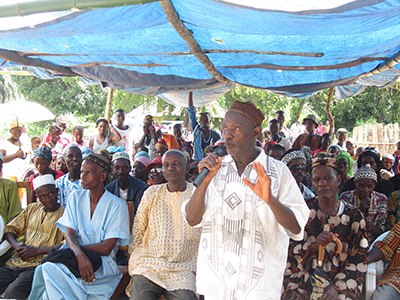
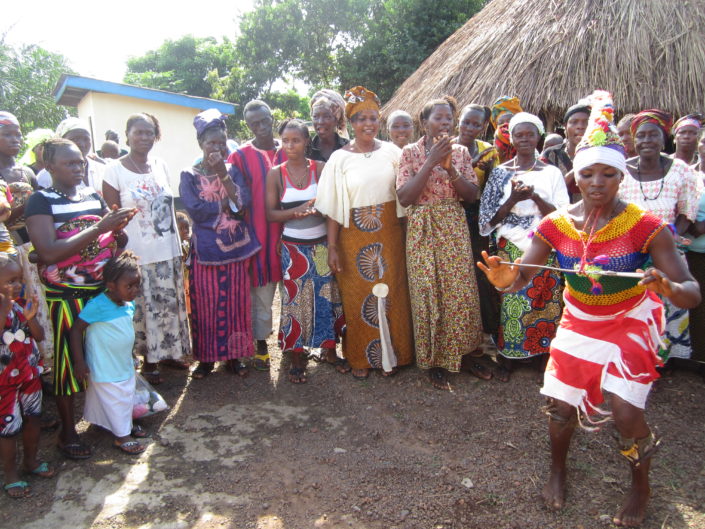
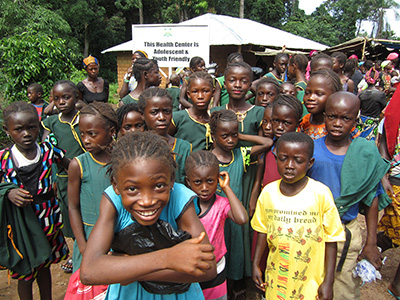
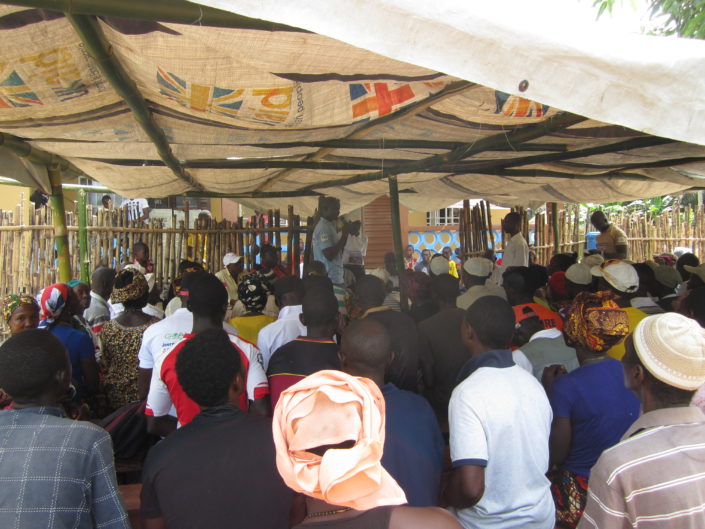
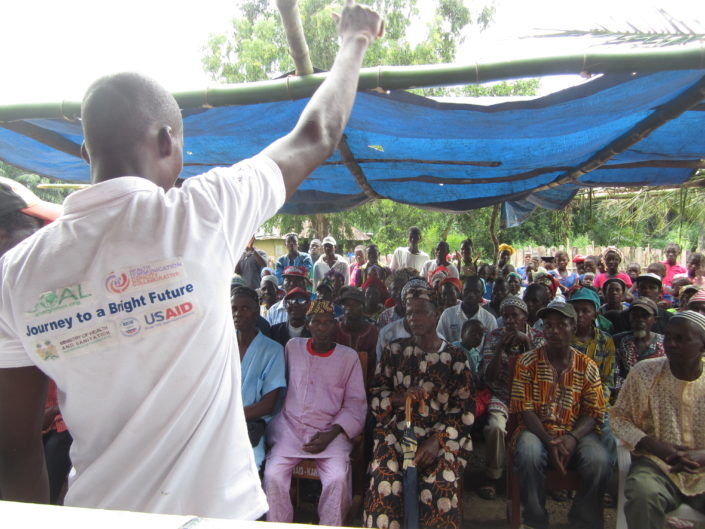






Leave a Reply
Want to join the discussion?Feel free to contribute!